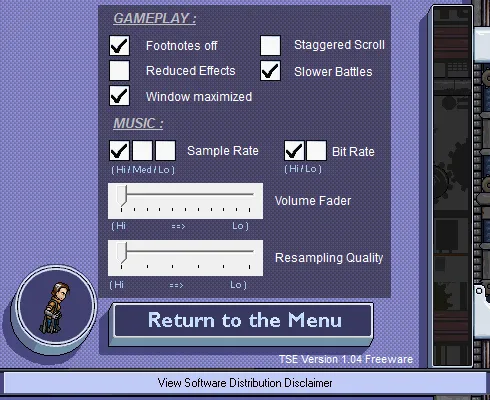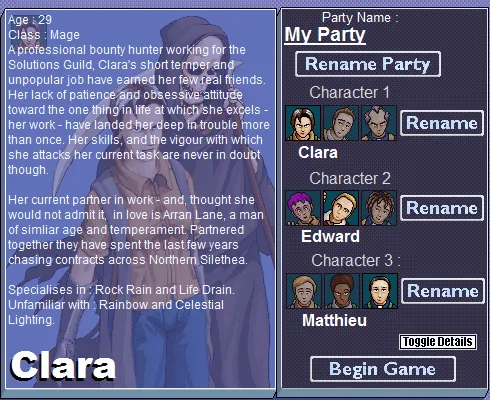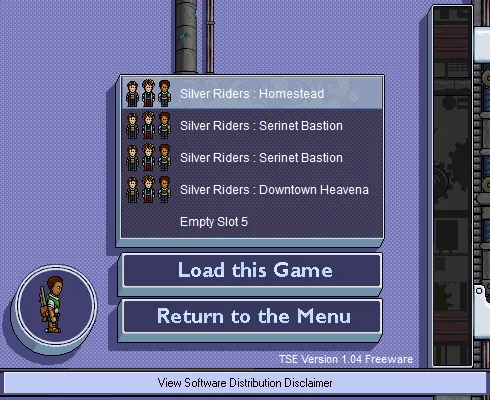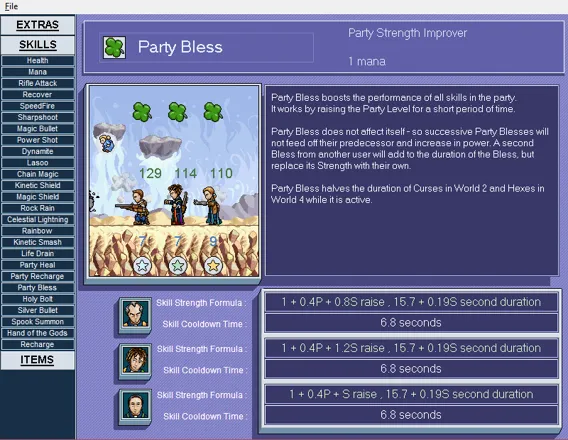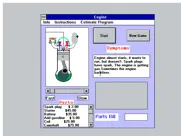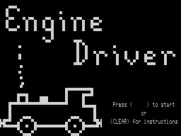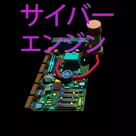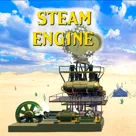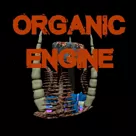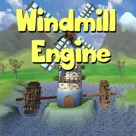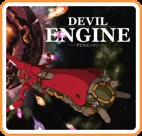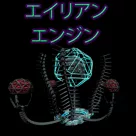The Spirit Engine
Description official description
The Spirit Engine follows 3 travelers (of your choosing) who run into each other by very uncommon means. Their goal begins simple, they wish to learn how they arrived together. They are soon riddled with other problems, namely what the small floating object they follow is, and what secrets it holds. The game is a side-scrolling RPG, where chains are used to make up battle commands.
Groups +
Screenshots
Credits (Windows version)
| Game | |
| Graphics | |
| Programming | |
| Music | |
| Sound Engine | |
| Story and Script |
Reviews
Critics
Average score: 81% (based on 5 ratings)
Players
Average score: 3.9 out of 5 (based on 5 ratings with 1 reviews)
Flawed, but still better than the author makes it sound.
The Good
Since I’m always very interested in the inner workings of the games I’m playing, and since the mention of these inner workings in a review was how I got interested in the series, I’ll start by pointing out the pretty complex and complicated calculations used to determine skill effects or even character attributes. For example, how does 22 + 3S + 0.23S * 0.5P + 1.66P, where S is skill level and P is party level, sound for merely determining a character’s base health? Or how about the Spook Summon priest skill, which costs 2 mana, takes 5.5 seconds to cast and summons a ghostly creature that will remain on screen for 0.48S + 0.12P + 17.2 seconds (unless it’s cast by the one priest who’s unfamiliar with the spell, in which case the duration is reduced to 0.4S + 0.12P + 16 seconds), which creature will attack enemies every 4.68 seconds with Holy Bolts that have a base damage of 2S + 0.66P + 6 unless a party member’s health drops below 4 + 0.2P, in which case it’ll heal said party member for 1 + 0.2P instead of attacking?
I sure hope you’re not confused already, because you’ll have to keep these things in mind if you want to develop your characters properly and not need to grind in order to make it to the end of the game. You’ll also have to keep in mind the damage type of each skill, because enemies have vulnerabilities, resistances and immunities which you’ll need to account for during battle, some even having abilities that will temporarily change their attributes, meaning that choosing the correct skills to use in the given situation will be crucial in the later parts of the game. And you do have a fair amount of choices, as each character has a total of nine skills which may be used, nearly all of them being unique to a specific class, the sole exceptions being the basic Rifle Attack, shared by riflemen and priests, and the ability to recharge, shared by all three classes.
However, what perhaps makes it even more interesting is the concept of skill chains, which means that instead of picking a single action for each character to perform, you’ll pick a chain of three and the character will cycle through them on their own until you either pick a different chain of the three that you can define for each character at any one time or change the skills that make up the current chain, which you can thankfully do during battle as well. This adds yet another layer of complexity and is extraordinarily useful for priests, whose skills seem specifically tailored for such an approach.
Moving past the mechanics, what you’ll notice right away after starting the game is that, while you get to choose three of the nine available characters to form your party, they won’t simply fill in slots. Each character has a story and a personality, and that’s not limited to the text you can see on the party selection screen, but also includes brief cutscenes depicting where they were and what were they doing before being teleported away by the Spirit, a different approach in dialogues and perhaps even an event or two tailored specifically for them along the way. All of this serves to make them seem more real and worth caring for instead of being nothing more than the sum of their attributes and abilities.
Still, that sum of attributes and abilities is certainly what you’ll be more interested in, especially in the later parts of the game, due to the enemies that you’ll be up against. However, that’s not particularly a bad thing, because many fights are actually quite interesting, many enemies making reasonable use of their abilities in order to be even more of a challenge than their attributes alone would first make you believe and some boss fights actually being quite memorable, requiring you to correctly analyze the situation and react very quickly to the changing circumstances.
Oh, and I’ll add something else here because I’m not sure where else to put it: Many may be bothered by it, but I actually like that the game features no consumable items, requiring you to make do with the characters as they are. I generally just hoard such items in games, doing all I can to avoid using them until perhaps the last few fights, which makes the game much more difficult and frustrating for me than the developers intended, but here I could just play like that without it carrying any penalties.
In addition, I need to mention that the music is nice enough and certainly matches the style of the game perfectly and that the graphics do their job more than adequately, again matching the style of the game and also certainly being varied enough to give an unique feeling to each area and even to each enemy. There’s very, very little that is reused over the course of the game, the “worlds” looking completely different, the enemy types using different models which set them clearly apart from each other, the backgrounds featuring a good level of detail without looping and so on. Which, of course, only serves to prove once again that a lot of care was poured into every aspect of this game.
The Bad
However, it is unfortunate that, despite that amount of attention, certain issues have slipped through, many of them being serious enough to make the game quite frustrating, particularly after the first two worlds. And here I’ll have to start from the fact that there’s very little information included in the game itself. An enemy’s health is only displayed if you hover the mouse over them, some enemies towards the end have so many attributes that some aren’t displayed at all anymore and you’re left having to experiment and see what works first, skill effects aren’t displayed on the skill chains screen and therefore can’t be checked during battle, you aren’t told exactly what a character being specialized or unfamiliar with a skill means, you don’t have any details about how skill effects are calculated… Hell, you aren’t even told what special effects the equipment has, nothing more than an asterisk letting you know that there’s more to a certain item than the listed basic effect!
Yes, you have all the information about skills and equipment in The Spiritual Compendium, but that’s a separate program which you can’t even access directly while playing the game. What’s worse, even the Compendium can be confusing to use, since the names of many talismans are wrong, requiring you to go by the picture, and only the character portraits are used when specifying what effects a skill has depending on who uses it, which made me go back and forth a few times at first, to make sure I was looking at the right one. In addition, the game reacts to any click or key press even while it’s minimized, so if you switch to the Compendium while playing, you’ll find that things happened while you weren’t looking…
Then you have the rather poor implementation of the skill chains, starting from the fact that you’re required to have exactly three skills per chain, without allowing you to select the number if you, say, want to alternate between only two skills, which can’t be done properly with a chain of three. In addition, while excellent for priests, the chains are generally quite a nuisance for mages and riflemen, as they’ll often be most effective if they simply use a single skill repeatedly until the circumstances change. What this means is that, since you have to select each of the three skills in the chain individually, you simply have to do three times the work nearly every single time you want them to change what they’re doing… And in the later parts of the game you’ll want them to change what they’re doing very often, considering the differing attributes and strategies of the enemies you’ll be facing.
Also, while I’m at combat, I must mention that the fact that you can’t change your characters’ default positions can be quite annoying at times, not just because it may require you to switch them around at the start of the first battle from each area, but also because they may be arranged in a way that’ll make switching between those that should be able to take hits less efficient during battle. And, to add this here because I’m not sure where else it’ll fit, the fact that your choice of characters is restricted not simply to three out of nine but to one out of every group of three displayed on the party selection screen may be a problem as well.
Otherwise, I’m quite bothered by the concept of save points, especially when most even cost money to use and they don’t even save the current state of the area you’re in until you exit it! I mean, not only that you may kill a few enemies in an area, save, die in the next fight and then find that the enemies you had just killed before saving are back again when you reload, but you may even clear an area, save, die in the next one and then find that you’ll need to do the previous one all over again as well because you didn’t exit it and then get back inside before saving…
As for minor gripes, there’s the fact that shops don’t buy back items, so you can’t get back any of the money spent on them, that you have very little inventory space, so you can’t keep items around for later use, that the very end of the story just made me roll my eyes and shake my head, and that the game is played entirely in a 490×400 area, selecting the “window maximized” option merely filling the rest of the screen with black. Admittedly, they’re all manageable issues and therefore only minor annoyances which are hardly even worth mentioning when compared to the others, but something could have been done about them as well.
The Bottom Line
Back in 2010, I bought a few issues of a gaming magazine from here for the full games it came with. After also reading through them, I was largely left with two things: The confirmation that I shouldn’t go anywhere near the Mass Effect series, after they thoroughly trashed Mass Effect 2 in a ten-page review that largely pointed out the same issues that I thought would be deal breakers, and the need to at least give The Spirit Engine 2 a try, after seeing it get a very positive review in the freeware section of one of those issues. But, of course, knowing me, I kept putting it off until April this year, when I finally decided to download both games in the series and start by playing the first. And, overall, I’m certainly not sorry that I did.
To conclude, I can say that The Spirit Engine certainly has a fair share of significant flaws when it comes to combat and ease of use, but it also has some redeeming qualities and therefore it’s still quite enjoyable and an excellent effort, particularly for what was essentially just an experiment, largely made (with the exception of the music) by a single person and released for free. Actually, it seems to me to be better than the author makes it sound when he openly states that it “suffers from amateurish scripting and graphics, poor coding, a cumbersome menu system and a slow and unrefined combat engine”… And that’s hardly something you’d expect a reviewer to say!
Now let’s see when I’ll get around to seeing what the second is all about…
Windows · by Cavalary (11610) · 2012
Trivia
This is one of the few freeware games to have an accompanying soundtrack CD.
Analytics
Upgrade to MobyPro to view research rankings and price history! (when applicable)
Related Sites +
-
The Spirit Engine OST
The Original Soundtrack Website
Identifiers +
Contribute
Are you familiar with this game? Help document and preserve this entry in video game history! If your contribution is approved, you will earn points and be credited as a contributor.
Contributors to this Entry
Game added by Josh Whelchel.
Game added November 4, 2004. Last modified February 22, 2023.



